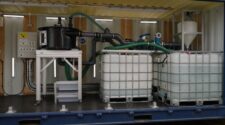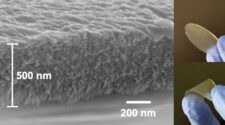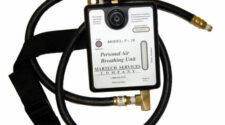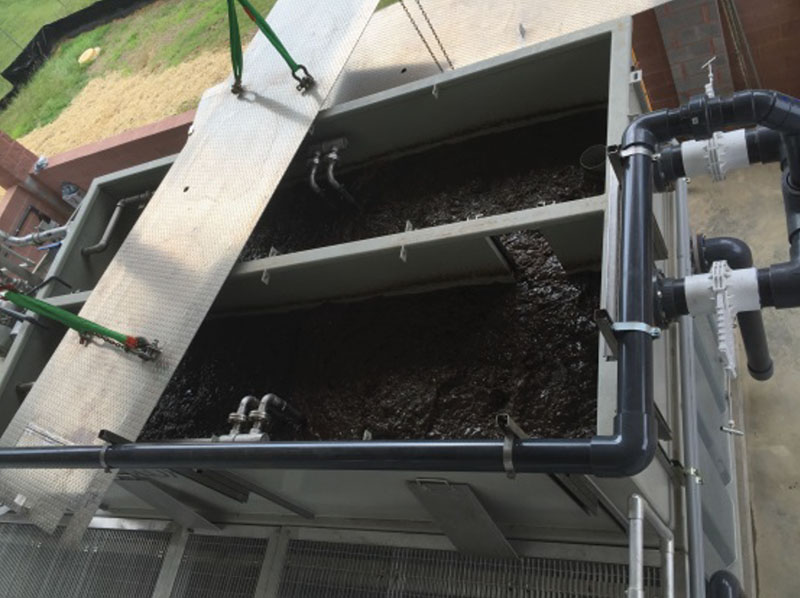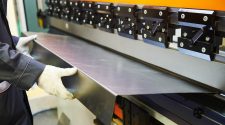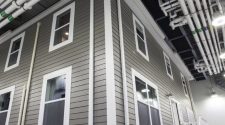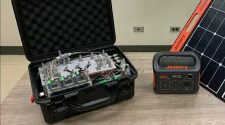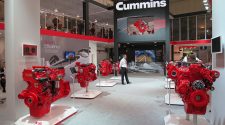March/April 2014 | Volume 33, No. 2
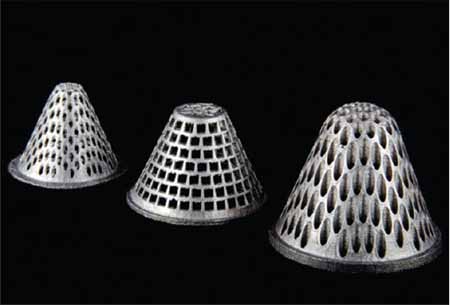
Historically associated with plastics, additive manufacturing (AM), also known as 3D printing or formally as rapid prototyping, has undergone a number of transformations over the past 25 years. The technology has been used to produce everything from chocolate to musical instruments. However, recent advancements have expanded the potential of metal AM, from prototypes and small-scale products, to develop increasingly complex metal components. Croft Filters and Croft Additive Manufacturing (CAM) has examined the developments in AM technology and the opportunities it offers to revolutionize industries that require filtration and separation solutions.
2013 saw AM attracting widespread media attention, hitting the headlines time and time again. The London Science Museum is currently running an eight month exhibition, 3D: Printing the Future, which brings the technology to the forefront of the consumer imagination and highlights its potential wider applications within industry. U.K. supermarket chain, Asda, became the first British retailer to introduce a 3D printing service in its stores, offering customers the opportunity to create a plastic miniature version of themselves while the restaurant industry has seen a rise in the use of 3D printing technology. Desktop 3D printers have also become available for consumer purchase, allowing objects including toys and household ornaments to be printed from the comfort of home.
It’s not all about consumer use, however, and there is potential for metal AM to have a positive and revolutionary impact upon industries such as manufacturing and oil and gas. Businesses, including those in the automotive and aerospace sectors, are now investing more heavily in AM, as they seek to utilize made to order products and reduce development costs through rapid prototyping. Croft Additive Manufacturing recently became the first company selected to join the Science and Technology Facilities Council (STFC) CERN Business Incubation Centre, which aims to bridge the gap between science and industry, and drive U.K. commerce. They were invited to join because of their 3D printing capabilities and commitment to developing this, highlighting an increased focus on the potential of metal AM within industry.
HOW DOES AM WORK?
Metal AM uses a selective laser melting (SLM) process to deposit layers of metal powder on to a build plate. These layers are built up gradually in thicknesses between 20 and 100 microns, and then melted in selected areas using a computer controlled laser beam. The SLM process forms 3D metal parts that meet exacting customer specifications, without the need for cutting or welding, hence its ‘additive’ name. Any excess powder is removed and recycled, reducing waste produced as a result of the production process and lowering the carbon footprint of the manufacturer. AM techniques provide the end-user with a more efficient, made to order product that performs at an optimum rate for a longer period of time to extend the lifespan of the filtration unit.
Through design optimization and by melting only where necessary, AM technology can reduce the weight of the end product, as well as total production time. The additive layering of metal powder enables manufacturers to produce components as a single structure, providing increased strength versus welded assemblies that are weaker in the fused areas. By producing intricate, made to order designs from 3D CAD data, AM can regulate weight distribution during manufacturing to create a lightweight product. This control through AM technology minimizes the cost of additional materials, which would be wasted in a conventional subtractive process, and offers businesses never-before-possible flexibility and innovation in the design of metal components.
INNOVATION FOR FILTRATION
Historically, subtractive manufacturing has been the established method to produce complex filtration products. For instance, cutting and welding will be used to produce a single component; however, these techniques can be time consuming and use a significant amount of energy, due to the lengthy labor processes involved. AM technology can improve operational efficiencies and reduce the need for tooling by manufacturing the item in one step, directly from CAD data.
Croft Filters produce filtration components using a range of subtractive techniques, including CNC punching and machining. However, following in-depth research, they identified a significant opportunity in using AM technology to reduce energy usage and produce components that could not be created using any other method.
At FILTECH 2013, Europe’s largest filtration exhibition, they were the first company ever to exhibit filters that had been produced using advanced metal AM technology. These stainless steel 316 filters were designed to remove contaminants found in pipelines. By using AM techniques, they were able to manufacture highly efficient components, thus creating a complex filter offering a higher flow rate. Ultimately, this means fluid can be pumped with a lower pressure drop over the filter, while still achieving optimum filtration results, reducing operating costs for the end-user. This is just one example of the many potential applications of AM technology within industry and the opportunities it offers to improve operational efficiencies.
CONCEPT TO COMPLETED PRODUCT
Complex filters are difficult to manufacture using traditional techniques and can be produced to exacting standards using AM technology. For instance, wedge wire filters, which are integral to a number of high performance filtration applications in oil and gas industries, require ‘v’ shaped bars to be welded to end-caps and a machined-threaded end. Croft simplified this process, which is complex and time-consuming, and developed a method of manufacturing these components using their Realizer SLM-250 metal 3D printing machine. By using this method rather than joining separate components together, the designer has options to change the size of the filtration area and the aperture size, with a wide variety of fittings and ends available. Additional advantages include the fact it is of one material construction and therefore only one material test certificate is required for the whole filter. These advantages have cost-saving benefits for the end-user because of the increase in speed of production and the lack of tooling required. The filter can be an idea on Monday and a product on Wednesday.
FUTURE APPLICATIONS
The James Dyson Award 2013, which recognizes the next generation of design engineers, was won by Titan Arm, a titanium arm created using 3D printing techniques. In addition, U.S. President Barack Obama declared his ambition to create a network of 3D printing hubs in the U.S., while the U.K. Government has announced plans to invest £500,000 in 3D printing technology in schools. This level of funding signals a shift in focus within engineering toward the computer-aided design of the future.
AM has the potential to revolutionize filtration solutions and offer a greater level of customer specification options. For instance, at Croft Filters, they have developed a patent-pending energy saving filter, created using AM techniques, which can contribute to the lowering of individual companies’ energy usage and bills. They are continuing to expand their AM offering to create more filtration structures and offer customers greater design possibilities.
Through the use of made to order AM items, industries can challenge the filtration and separation structures of old and improve operational efficiency. With a growing demand for energy efficient, cost effective components, those industries open to exploring the potential of this disruptive technology will be at a real advantage in the business landscape of the next decade.



